Today’s Gospel reading is the last from a section of John that we’ve heard in recent weeks in which Jesus directly addresses the disciples.
Whilst there is no account of the last supper in John’s Gospel this passage is nevertheless associated with it and the reflective tone and content give it a particular resonance at that time. It’s always powerful to celebrate the Eucharist on the anniversary of its instigation but there are other liturgical highlights that linger long in the memory for anyone who experiences them on Maundy Thursday. The service on that night ends with the stripping of the alters, an act that reflects Christ’s abandonment and the humiliation that is to come. The churches liturgy includes provision for what is known as ‘the watch’ immediately following the stripping of the altars where sections of this passage from John are read, interspersed with Psalms. I’ve always found it to be very powerful meditation when it’s observed.
It ends with the reading we have heard again this morning, sometimes referred to as the high priestly prayer. In it Jesus offers petitions to the father. It includes some curious phrasing. There’s lots on the theme of unity. Jesus prays that – they may all be one; even as thou, Father, art in me, and I in thee, that they also may be in us; and elsewhere – that they may be one even as we are one, I in them and thou in me, that they may become perfectly one.
In light of those statements, we cannot help but be struck by the church’s disunity. It’s an uncomfortable reminder of how far we fall short of Christ’s purposes. It’s more comfortable to go our separate ways but I always feel challenged by these words to recognise the importance of seeking reconciliation with others with whom we disagree.
Beyond how we understand our relationships with other Christians though, these passages have implications for how we make sense of our relationship with God and indeed, how we understand ourselves because what Jesus words make clear here is that his incarnation has eternal and cosmological significance. The implications of his life, death and resurrection were not specific to first century Palestine, or even to spread of the Gospel and the Church of Christ around the world and across two millennia. No, as the letter to the Colossians puts it – he is everything and he is in everything, including each of us, including you.
The consequences of this for our understanding of prayer are profound. It’s appropriate that we reflect of this at this time, these last 10 days of the Easter season, between the ascension and Pentecost are a particular period for prayer as we remember the disciples awaiting the gift of the spirit. I have found the writings of John Main, a Benedictine monk at Ealing Abbey who was the instigator of the Christian meditation movement to be very helpful and indeed silent prayer was hugely significant in my own journey of faith. Having drifted away, it was in silence that I was blessed with the realisation and consolation that I belong to Christ.
In his discussion of prayer, John Main, employs some liturgical metaphors. Now I realise, these are not the most accessible for those who are new to church, clearly if you haven’t experienced the services to which he refers it’s difficult to appreciate his point. I hope though that what will at least be evident is that our worship has a significance beyond what might immediately be apparent, pointing us beyond to the eternal and to the divine.
Reflecting of the easter fire that is lit at the beginning of the Easter Vigil in the hours before dawn on Easter day, John Main notes that the blessing of fire connects us with our pre-historic past. In the kindling of pascal candle from that fire Christ’s resurrection is mysteriously brought present. What is our response he asks? Our tendency he recognises is to observe but he suggests if we are humble enough in proximity to this light of Christ we may be one with it. If we can allow our being to resonate finely with the mystery, then we ourselves our changed and we enter quite another and more creative mode of being. Perhaps those words make little sense to you, if so that’s understandable of course but John Main isn’t suggesting that we become one with a candle. Rather that we recognise the presence of Christ to which it points us. A presence that is immediate during that service of the Easter vigil, but also here and now, is everywhere and eternal.
The high priestly prayer is a mysterious and mystical passage of scripture. As we’ve noted, it is prayer of petition on the disciples and our behalf. In it we get something of a God’s eye view if you like. It is perhaps beyond our understand but not necessarily beyond our experience. The Christian Meditation method is an invitation to enter that mystery. It’s a very simple method of sitting in silent meditation and returning to a mantra to dampen distraction, a word of phrase such as Maranatha, from the Aramaic, Come Lord Jesus. It’s ultimately a means of help us recognise that we are in Christ’s eternal presence, and he is in us. What comforts and promptings we might find there.
Maranatha, Come Lord Jesus.
Amen.



